Chado/sado, meaning ‘the way of tea’ in the tea ceremony, originated from the Zen Buddhism, a new mediation method in China and made complete in the 16th century by Sennno Rikyu. The idea of tearooms and the small tea gardens (roji) have been constructed in a particular manner devoted to the tea ceremony.
The client of the ‘Garden Now-Blank’ wished to alter her existing detached house garden in a Tokyo suburb into the roji of her tearoom unusually located in the first floor. At the roji, her tea ceremony visitor leaves the outside world behind her/him, purifying her/his mouth and hands with water, using a wooden ladle and a stone washbasin. The steppingstones (tobiishi) connect to this washbasin and the cryptomeria japonica (Sugi) wooden decks embody machiai/koshikake where the visitor can rest. From this machiai as well as her living room, the ‘blank’ space can be appreciated as if the tea ceremony visitor is admiring arts and flowers in the tokonoma (traditional ornamental alcove). This space was carefully created by Nagasaki, transplanting the existing unbalanced trees, planting a new Camellia wabisuke tree and expertly locating his art object (named the ‘Direction’).
Overall, this garden symbolises the present (‘now’), which always connects with both the past (such as the traditional way of tea ceremonies) and the future (constantly changing appearance, such as the growing of moss). It also reflects the Japanese proverb of ‘Ichigo ichie’ (once in a lifetime chance) which originated in the teachings of the tea ceremony: ‘even if you may organize more tea ceremonies in the future, the ceremony can ever be the same one. So, remind yourself that the tea ceremony you have now is the only one in your lifetime and you must serve your guest sincerely.’
Photographed in 2007
4 years and half month after the completion
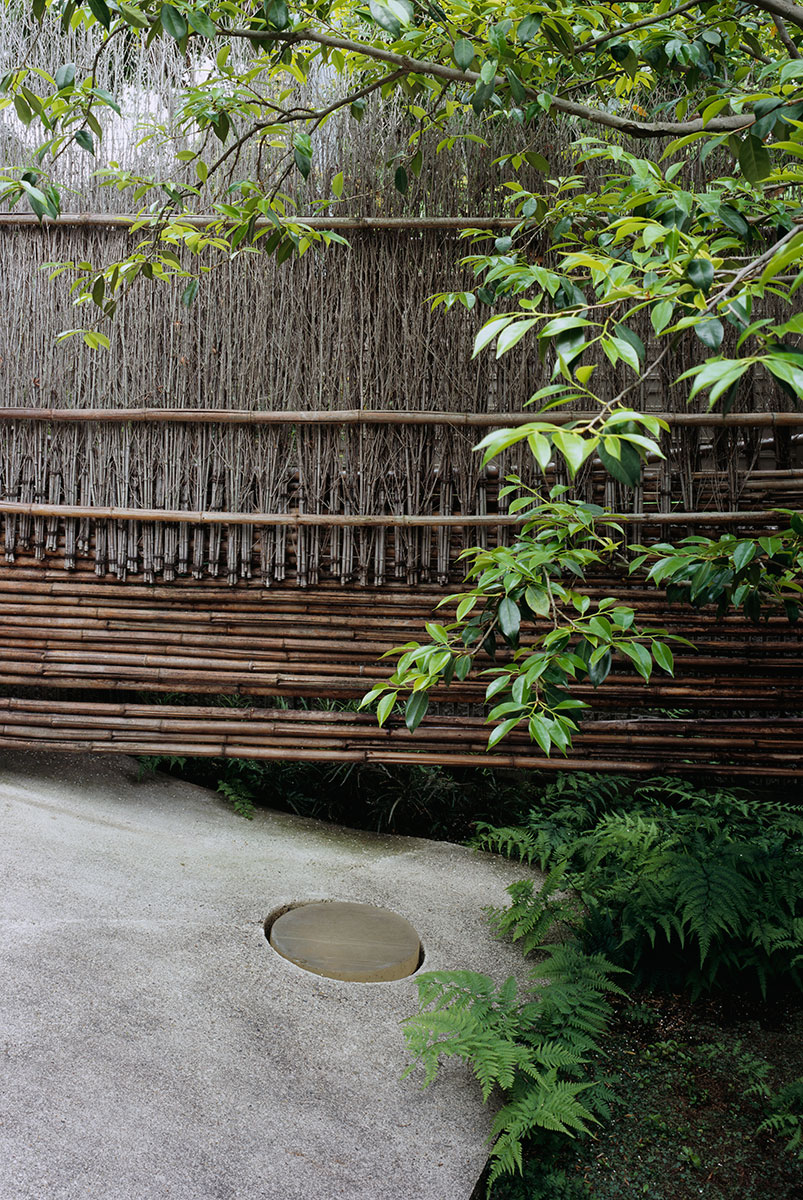
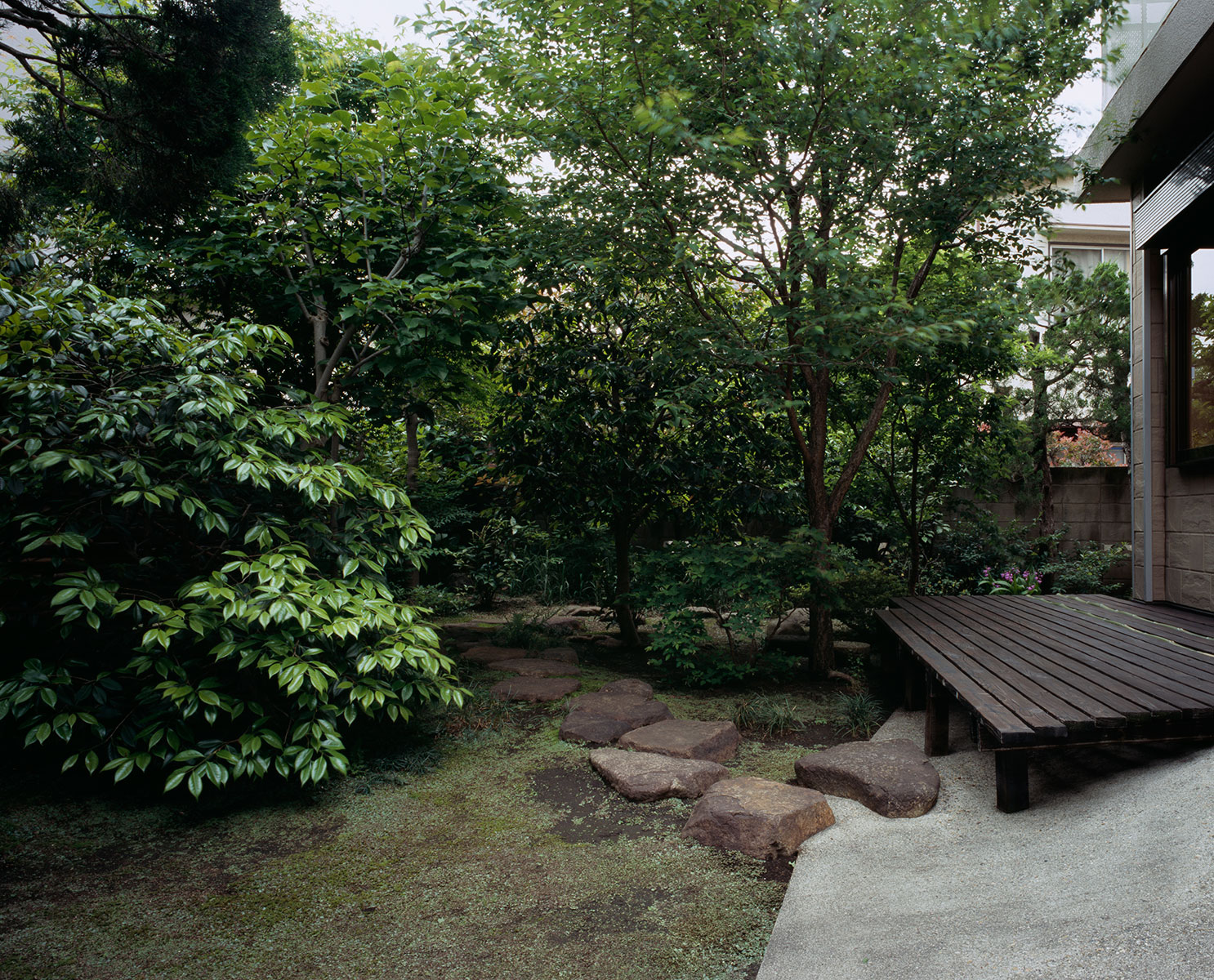
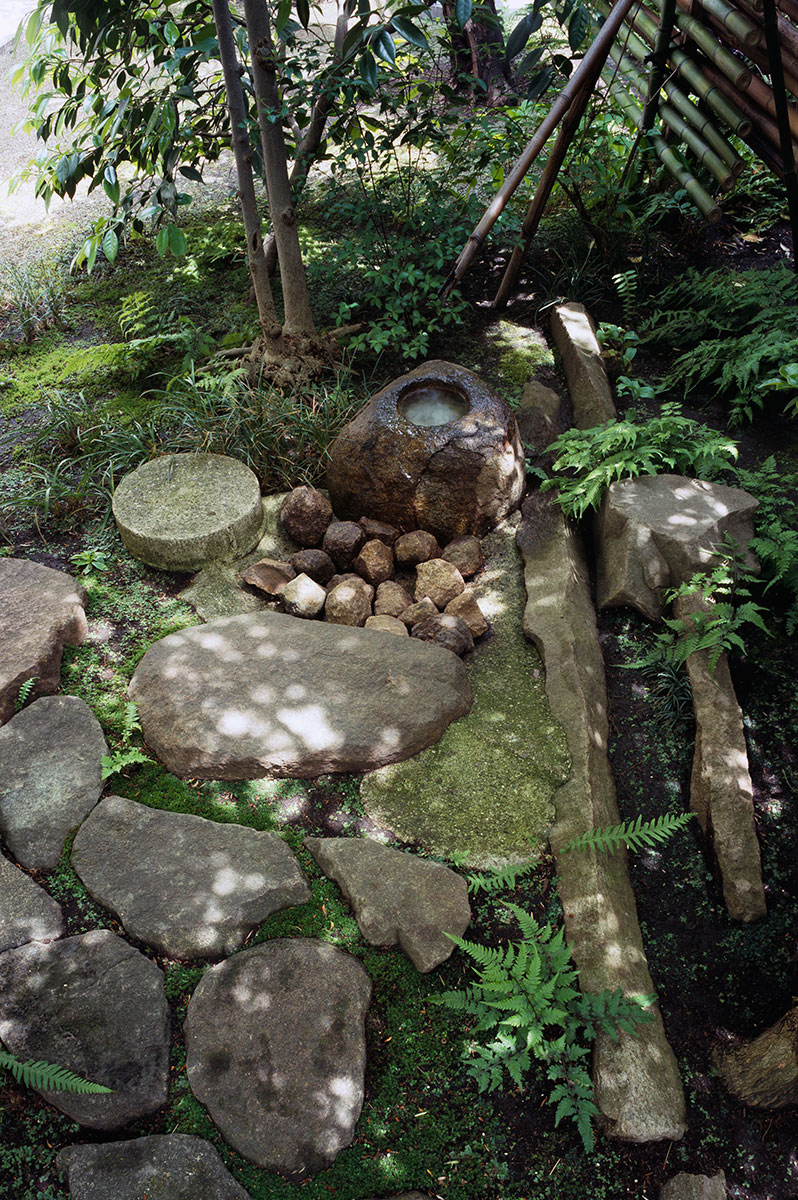
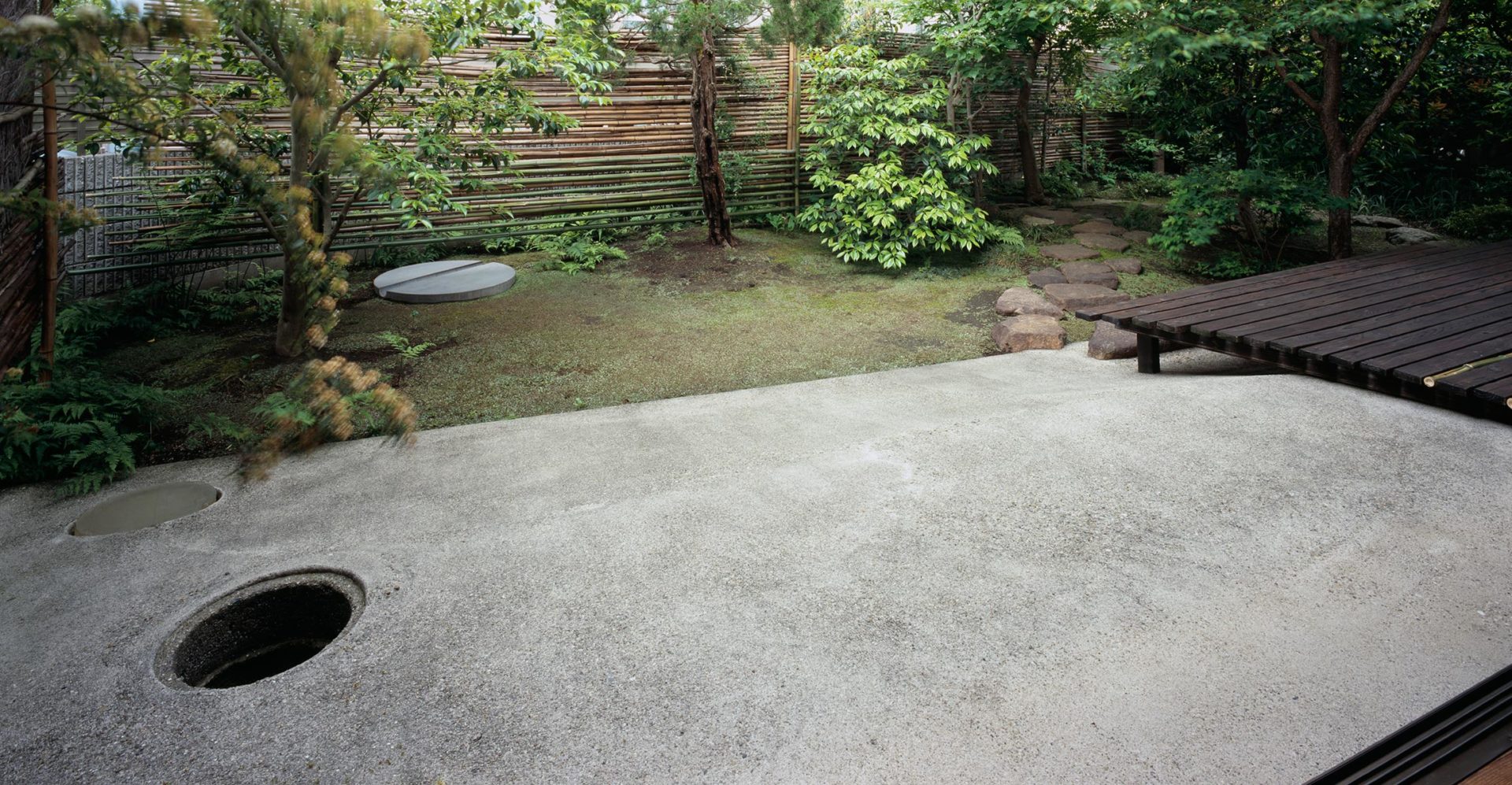
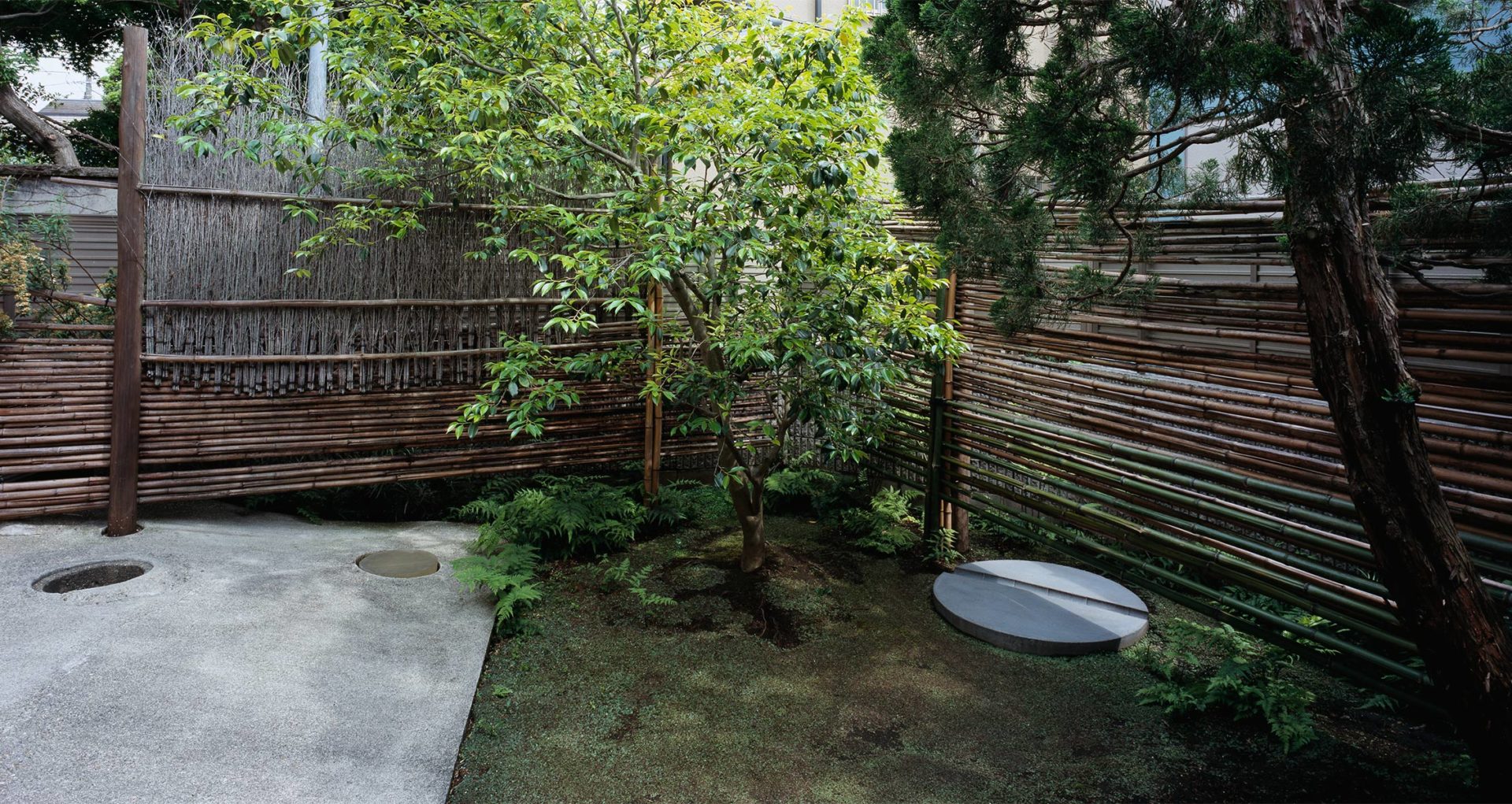
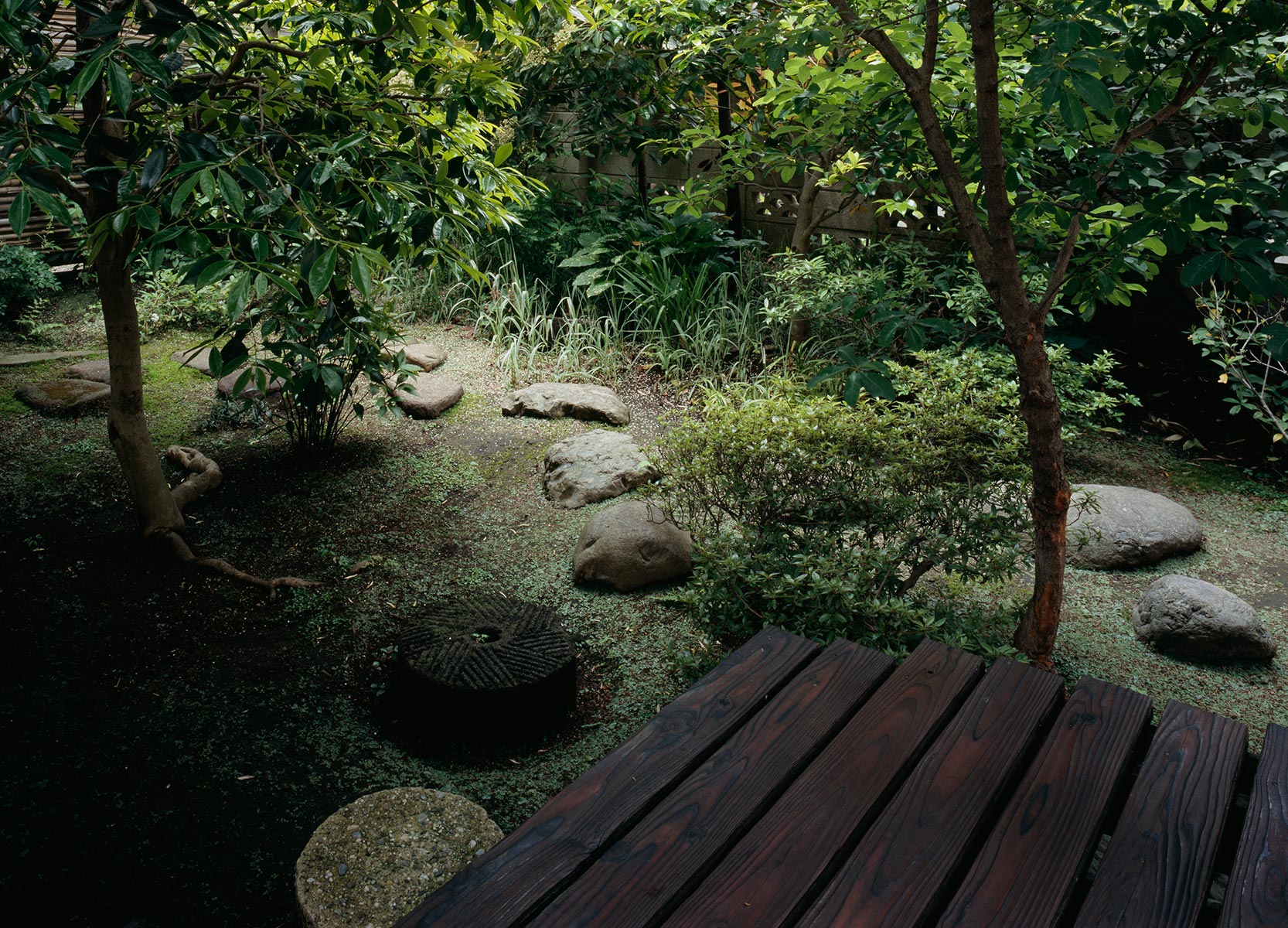
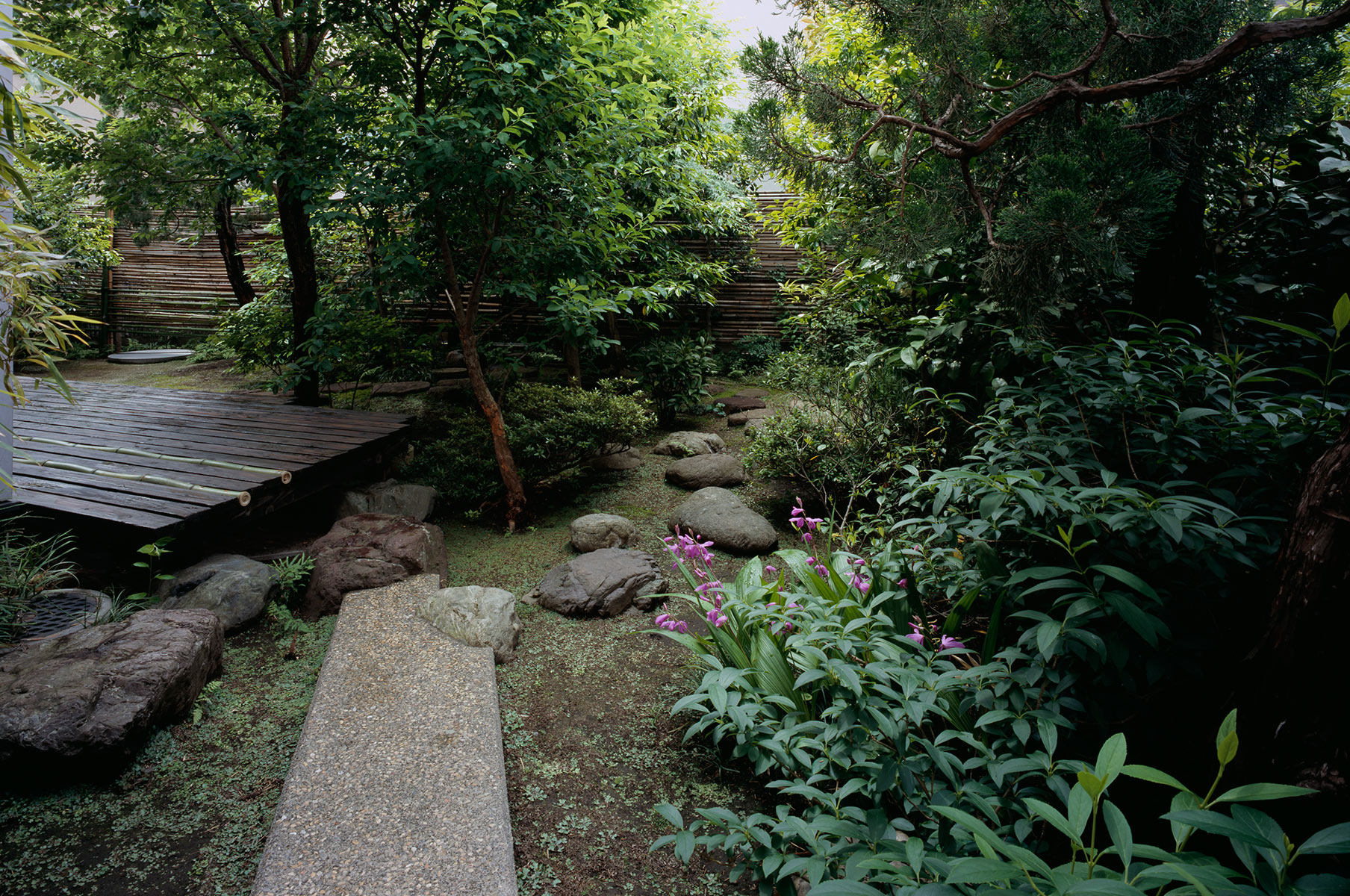
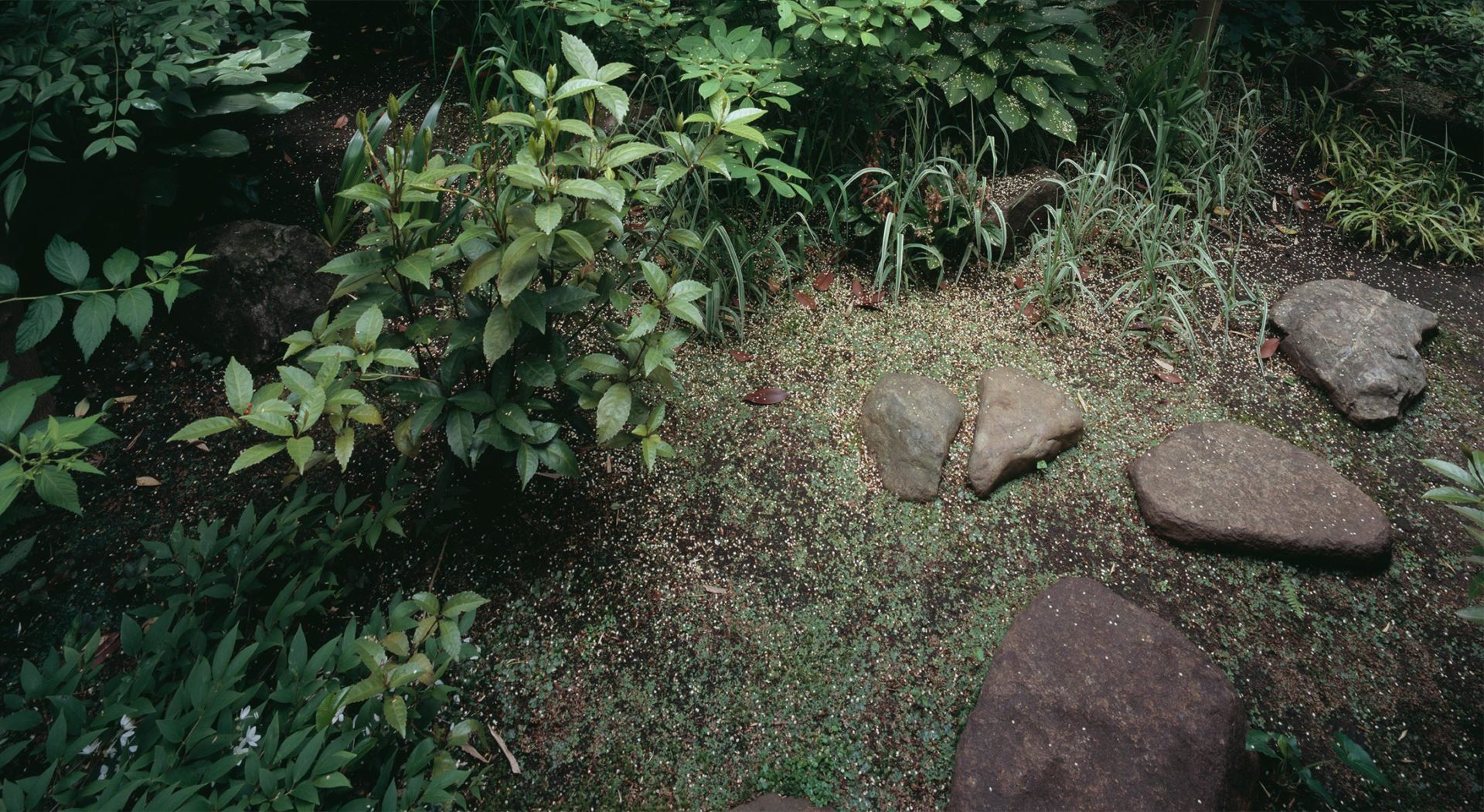 All photographs presented by © DAICI ANO / FWD INC.
All photographs presented by © DAICI ANO / FWD INC.